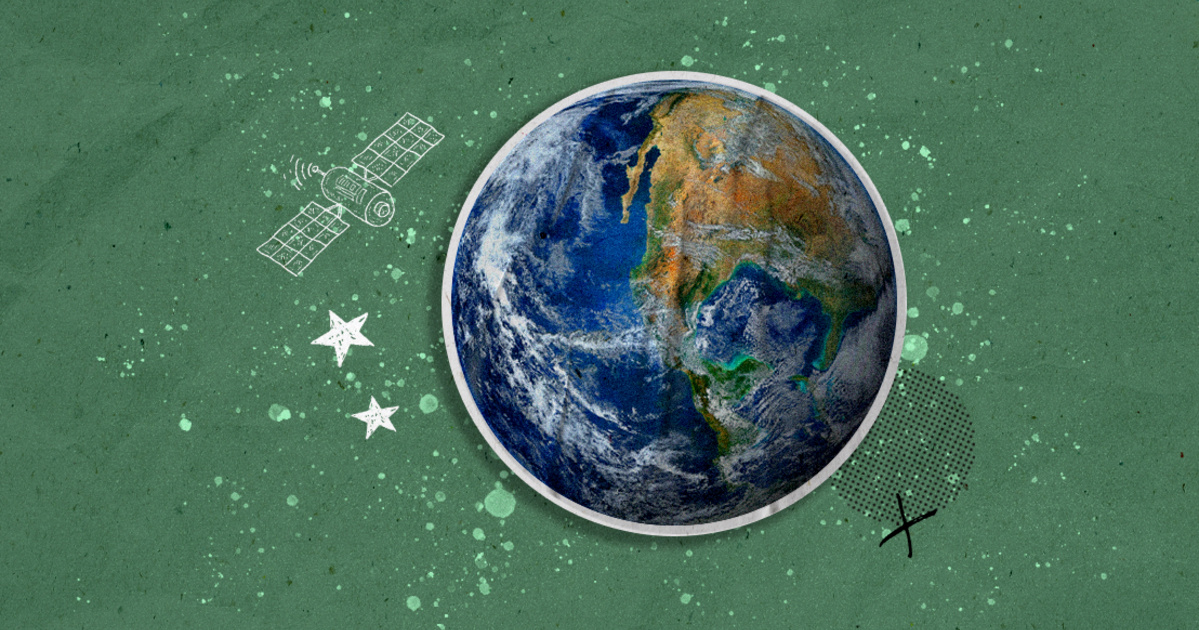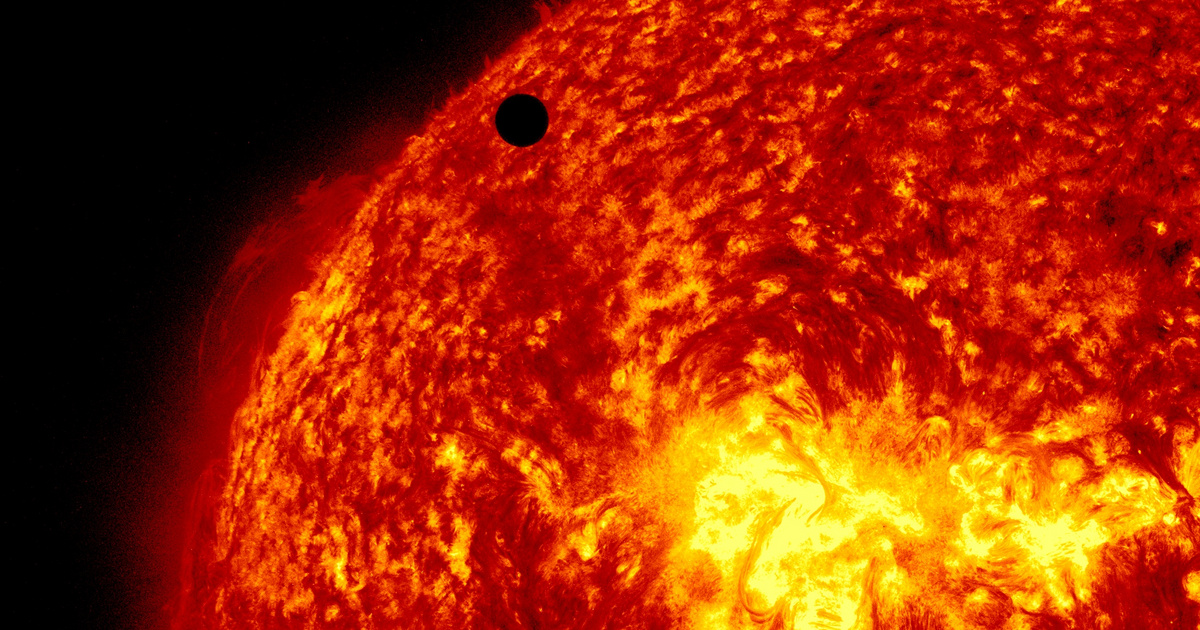Titan's lakes can be made up of frozen hydrocarbons, and sometimes mysterious islands appear.
Saturn's largest moon is the only body other than Earth in the solar system on which rivers and lakes can be found, which however are not made of water, but of flowing water. A hydrological cycle similar to the water cycle on Earth operates on Titan, but it is also maintained by liquid hydrocarbons, primarily methane and ethene, which remain liquid even in the cold environment there. (Earth's boiling point is -162°C, and Titan's is -183°C.)
Fantasy drawing of Titan TJR, with PRS LGKR, STT Dunk and round deck, with lakes of Metn and Etten. These are mysterious islands that, according to the best explanations, could be formed from solid organic matter floating in the sky. (Conservative Party:NASA/JPL)
NASA's Cassini spacecraft began observing Titan in 2004, thanks to which specialists discovered clustered lakes and seas in the lunar polar region. Canyons and rivers flow through it, forming beaches similar to those found on Earth. Meanwhile, from time to time, mysterious shapes called “tricky islands” appeared on Cassini images, which disappeared until the next probe approached. Researchers have proposed three possible explanations for its origins. In the first two possibilities, they proposed that changes induced by waves or bubbles on the liquid's surface could interfere with the reflection of radar waves, causing incorrect distribution in Cassini's instruments. As for the third explanation, it was suggested that the objects that appear are real, and are particles of some kind, that remain on the surface of the liquid for a while and then sink.
The last assumption is supported by the best examination, the results of which were A Geophysical Research Letters In a magazine published. Research has shown that under certain conditions, solid matter can form on the surface of Titan's lakes, that is, real structures resembling terrestrial icebergs can appear. They also calculated that pieces of a certain size are able to remain on the surface for the exact amount of time required to explain the “islands.”
Cassini radar images of the sea called Ligeia Mare. In the middle picture you can see an “island” that is not present in the top and bottom pictures. The three images (from top to bottom) were taken on April 26, 2007, July 10, 2013, and July 26, 2013. (Conservative Party:NASA/JPL-Caltech/ASI/Cornell)
They also examined what could be seen on the surface of Titan's lakes. Among laboratory conditions, they simulated what would happen if material orbiting on Titan's surface fell into ocean lakes. Although we knew from observations what materials occur in the moon's crust, they were also interested in what kind of processes lead to its physical change (i.e., it changes from a solid to a liquid state), what the density of solids is, and whether they are capable of that? To measure them. Many of them also took into account surface tension and the capillary effect, which can also help hair (as in the case of some ground conditions). Due to the complex chemistry of Titan lgkr, this work took a long time.
Ligeia Mare, a mosaic of radar images taken during the Cassini probe's flyby of Titan, is at the top of the image, near the larger seas. (Conservative Party:NASA/JPL-Caltech/ASI/USGS)
They found that most materials dissolve or sink in Titan's lakes, however, in some cases, porous structures, similar to Earth's foam, can exist among materials with a density greater than Earth's, which are able to die for a short time. Time in liquid medium. If enough of this material falls into lake waters from lake shores, as opposed to the cauldrons of jagged mountains on land, this process could explain the appearance of “broken islands.” At the same time, this also explains why “temple islands” appear near the shores of lakes, in which the waves and bubbles implied by the other two interpretations are expected to appear in the middle of the lakes.
In the unprocessed image of Titan, the network of lakes and seas can be seen on the moon's hyperbolic side, even through the left side. (Conservative Party: NASA/JPL-Caltech/Space Science Institute)
The explanation is not acceptable to everyone, and some researchers still consider the explanation about the effect of waves on the reflection of radar signals to be clearer and simpler, and therefore more acceptable. You can choose between the two hypotheses through chemical testing. If the thickness of the white islands differs from the thickness of the lake, this is in favor of the hypothesis of the presence of dry material from the shore. Researchers are confident that the answer is hidden in Cassini's Richie data, and they just have to get it out there.
Link articles:
Dynamic Titan
Tvolod Teten
Helicopter to Titan
Infrared
Dust storms on Titan
Sea level in Tetne
Titan name
Link links:
Can I “jump” into the seas of Titan? (sky and telescope)














































